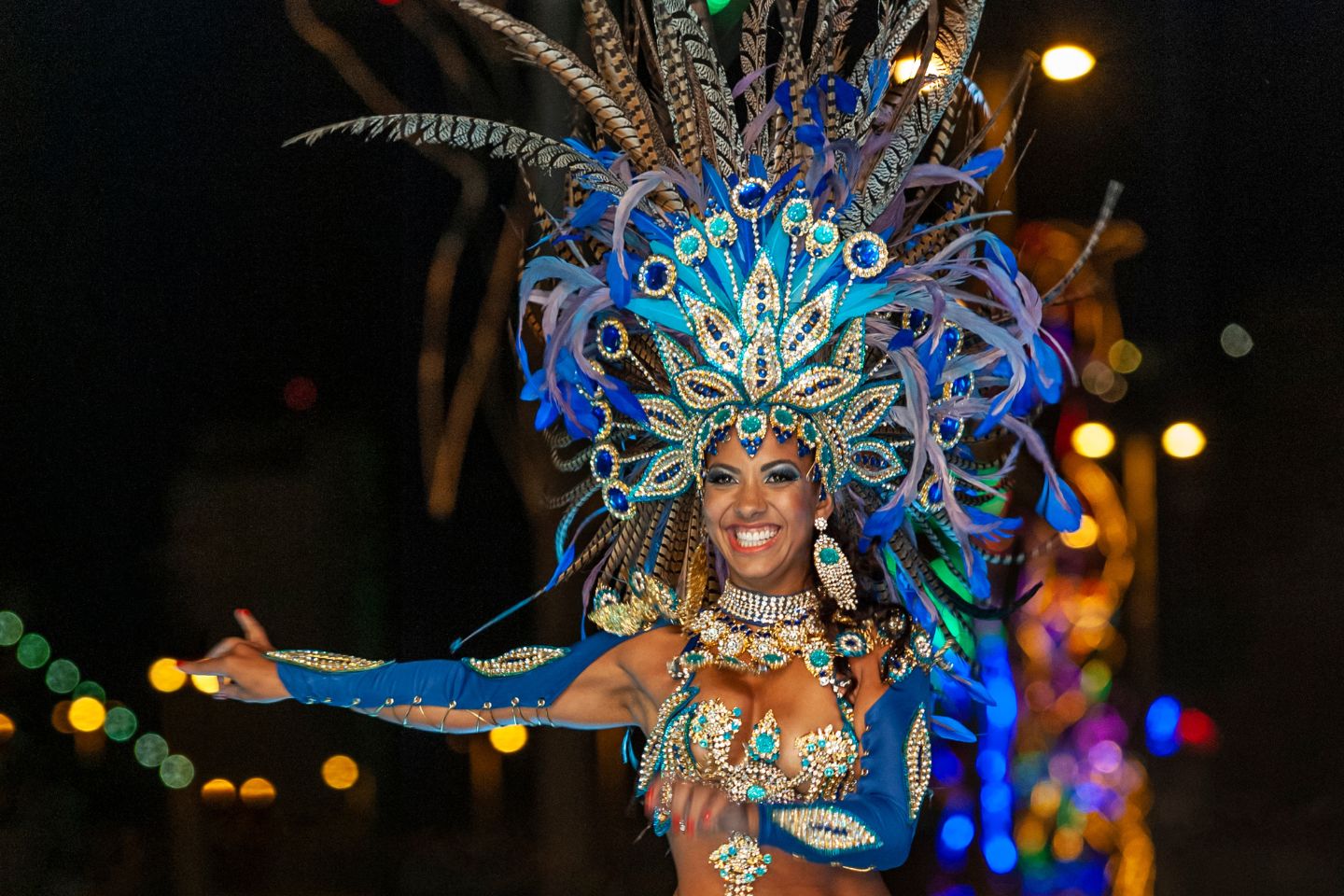Street music, parades, and elaborately detailed costumes are just some things that come to mind when people think of a Caribbean Carnival festival. The origins of Carnival in the Caribbean are complicated because its roots are primarily tied to colonialism. While there is a link between how Caribbean countries celebrate Carnival season with traditions that trace back to Ancient Greeks and The Romans, some scholars say Carnival was introduced as a pagan festival in Ancient Egypt. People in Ancient Egypt celebrated Sham El-Nessim to usher out winter and celebrate the beginning of Spring.
By the 18th century, “Carnevale” became a time when Christians would give up things for the Lent season. Carnevale translates to “without meat,” during this time, people would dress up and disguise themselves to indulge in alcohol, meat, and other things that were common to give up during the Lent season.
Europeans ultimately brought Carnival to the Caribbean at the height of the transatlantic slave trade. Over centuries, Carnival has transformed into colorful celebrations celebrating people’s and culture’s resiliency.
Trinidad and Tobago has one of the largest Carnivals, attracting more than 27,000 visitors annually. However, there are other countries to attend carnivals that don’t get as much attention.
Dominica
Carnival in Dominica is known as “The Real Mas” because it pays tribute to traditional Carnival characterizations. Held yearly at the same time as Trinidad and Tobago’s Carnival, Dominica’s festival highlights African and French culture in the Creole-speaking country.
Martinique
Carnival in Martinique is rooted in resistance and cultural expression. Its Carnival tradition dates back to the mid-18th century when slavery was still staining history. At the time, Carnival was a way for people enslaved to revive “the collective memory” and “represent scenes of everyday life through satire.”
Martinque’s Carnival is filled with dancing, singing, and costumes you won’t see anywhere else, such as the nèg gwo siwo, representing enslaved people who escaped. Carnival in Martinique takes place four days before Lent.
Curaçao
Curaçao’s Carnival is known as Nos Karnaval. In a country that boasts some of the Caribbean’s most vibrant art, culture, and architecture, there’s no better place to participate in Carnival than in Curaçao. While the season lasts six weeks, the most decorated celebrations are the Gran Marcha and Marcha di Despedida.
Carriacou
While it may be small, this Carnival is a fun time for people who want an intimate experience. It’s close to Saint Vincent and Grenada, but the only way to get there is by ferry or boat.
Carnival in Carriacou features street dancers, costumed bands, and many SOCA parties. What makes the tradition on the island unique is the colorful masqueraders who challenge each other to who can speak famous lines from Shakespeare without messing up. If you lose, then your opponent will tap you with the stick.
Bermuda
Carnival, celebrated in June, is one of the best times to visit Bermuda. Held during Bermuda Heroes Weekend, the festival in Bermuda is starting to gain momentum for its highly infectious energy.
Bermuda is another small country that’s easy to miss when planning a Carnival getaway. Events and festivals on the island during this time are meant to foster cultural unity, community, and a good time.
